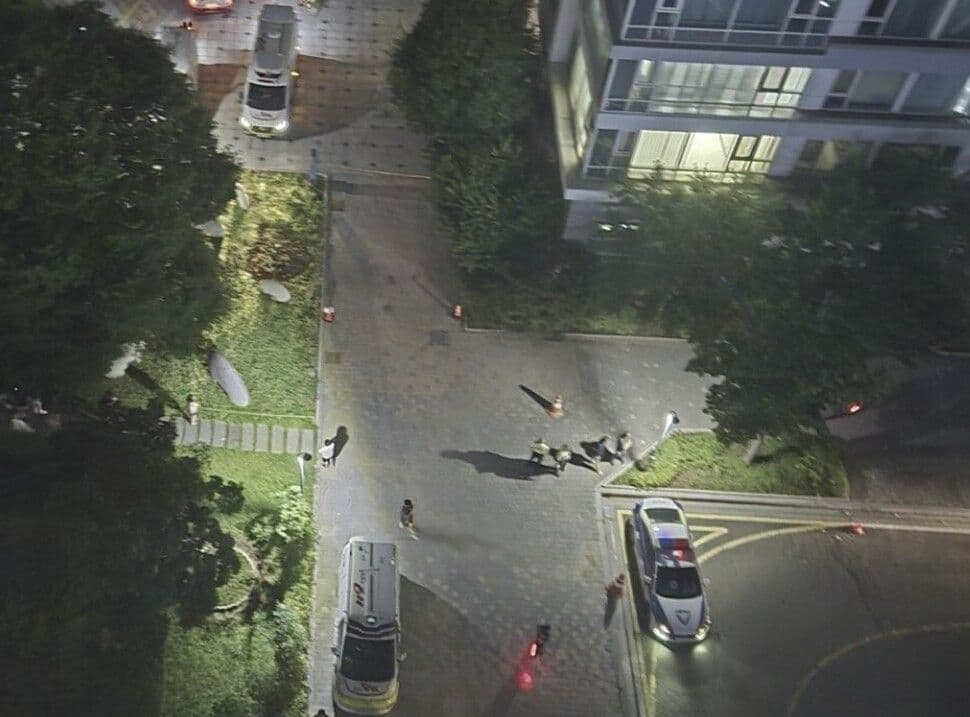How South Korea Survived an Unrelenting Heatwave: Seoul Near 38°C and the World Reacts

Section 1: The Heatwave Unfolds
South Korea endured a blistering spell over the weekend, with many regions recording daytime highs in the low to upper 30s Celsius and Seoul approaching 38°C. Heat wave warnings and advisories were issued nationwide as the Korea Meteorological Administration highlighted extreme apparent temperatures well above seasonal norms. This week’s pattern features persistent high pressure, dry air, and limited rainfall for several regions, intensifying discomfort and prompting precautionary measures across urban and coastal areas. The situation is part of a broader trend of record-breaking summers reported by major outlets, underscoring a warming climate that local communities continue to feel in real time.
Section 2: Daily Life Under the Scorching Sun

With temperatures soaring, urban life adapted quickly: early morning activities, hydration campaigns, and the widespread use of cooling fountains and misting stations became common in public spaces. Families and coworkers shared tips on staying cool, while workplaces implemented flexible hours and indoor productivity strategies to minimize heat exposure. The cultural response also included a heightened awareness of vulnerable groups, such as the elderly and outdoor workers, fostering community-driven support networks and practical etiquette for hot days. Observers noted a palpable mix of resilience and fatigue as the heat lingered into the weekend.
Section 3: Reactions Online and In Communities
As heat gripped the peninsula, Korean communities on Naver, Daum, and various blogs generated a flood of reactions—some praising government advisories and others critiquing infrastructure resilience. Positive posts celebrated communal cooling efforts and reliable forecasts, while negative comments lamented traffic delays, air quality concerns, and the strain on healthcare services during extreme heat. International readers observed from abroad with curiosity about how daily life adapts—sound familiar: notes on late-night fans, crowded subways cooled by open stations, and the social rituals around coping with heat in megacities.
Section 4: Cultural Insights and Global Context
Foreign fans and readers should note how Korean media frames extreme weather within a broader climate narrative, often linking meteorological data with practical safety advice and communal solidarity. The conversation intertwines science communication with local customs—such as public fountain use, early morning commutes, and the etiquette of avoiding outdoor activities during peak sun hours. This heat event is also a lens into how Korean urban life negotiates climate risks while preserving a fast-paced, highly connected culture. Understanding these nuances helps international audiences appreciate both the science and the social fabric that shapes response.
Section 5: What’s Next and How to Stay Safe
Forecasts suggest the heat persists across the region, with inland areas bearing the brunt and coastal zones experiencing humidity-driven discomfort. Public health guidance emphasizes staying hydrated, wearing breathable clothing, and limiting outdoor exposure during peak heat. Communities are encouraged to monitor local alerts, seek air-conditioned spaces, and check on neighbors who may be vulnerable. As the summer continues, the blend of meteorology, city planning, and shared civic responsibility will continue to define Korea's experience of extreme heat.
